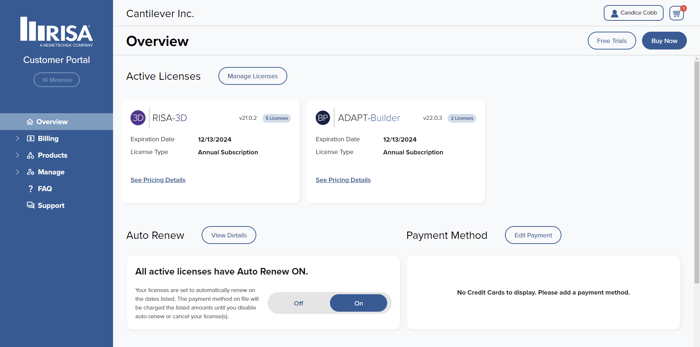
December 14, 2023
How To: Using the RISA Customer Portal
The RISA Customer Portal provides access to all your account information, including installation downloads, licenses, usage stats and the ability to easily manage yearly software renewals.
Halloween isn’t just for candy and costumes—it’s the perfect time to test your spooky engineering skills! We’ve brewed up a Halloween-themed RISA Jeopardy game, packed with fun, easy questions about our software. Tip for readers: Try to answer before revealing the “treat” below each question! 💀 Can You Count? 100 – RISACalc: How many components are currently available in RISACalc? 10 (Beam, Column, Steel Joist, Composite Beam, Retaining Wall, Spread Footing, Wall Footing, Drilled Pier, Seismic Load, Wind Load) 200 – FD: How many Data Entry spreadsheets are available in RISAFoundation? 25 300 – RISA-3D: How many countries or regions have building codes supported in RISA-3D? 9 (US, Canada, Mexico, Europe, Great Britain, India, Australia, New Zealand, Saudi Arabia) 🎃 Adaptable 100 – ADAPT: Which of these is not an ADAPT product? ADAPT-Builder, ADAPT-Felt, ADAPT-Floor, ADAPT-ABI ADAPT-Floor 200 – ADAPT: Which mode of ADAPT-Builder is used to design slabs-on-grade on expansive soils using the PTI method? ADAPT-SOG 🕸️ The Whole Family 100 – Other: This steel detailing software and fellow Nemetschek brand has a built-in export option in RISA-3D. SDS2 200 – Other: Which design code is the most common in our software, found in 8 of our 10 programs?…
Read More

The RISA Customer Portal provides access to all your account information, including installation downloads, licenses, usage stats and the ability to easily manage yearly software renewals.

The RISA Customer Portal provides access to all your account information, including installation downloads, licenses, usage stats and the ability to easily manage yearly software renewals. Coming soon, you will be able to bulk upload users to the Customer Portal from a CSV excel file!
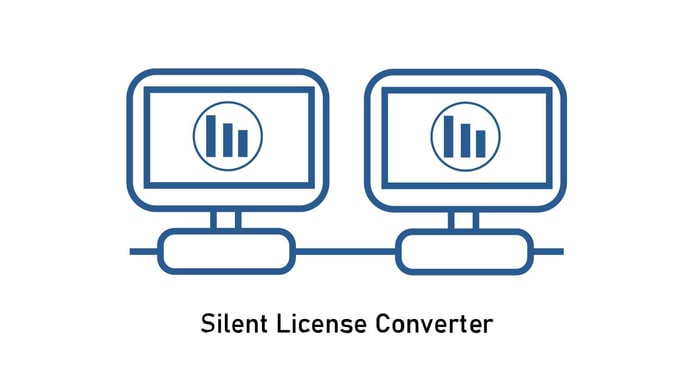
The world of software and licensing is constantly evolving, and as technology advances, so do the methods for managing software licenses. In response to this ever-changing landscape, we're excited to introduce the RISA Silent License Converter Tool – an application tool designed to facilitate a...
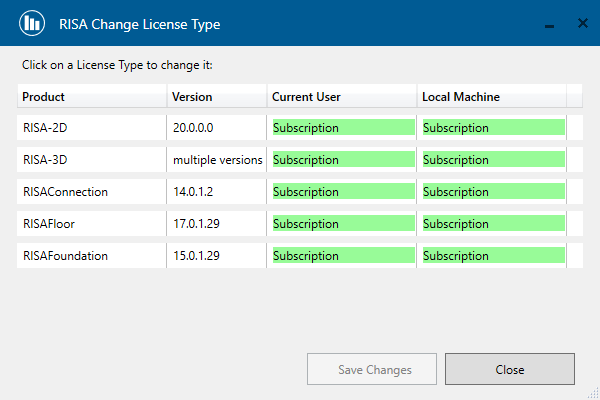
In the ever-evolving landscape of software and technology, change is constant. One shift is RISA's upcoming transition from traditional software licensing to only subscription-based licensing. As you prepare for this transition, watch the video below for How To: Change your License Type in RISA...
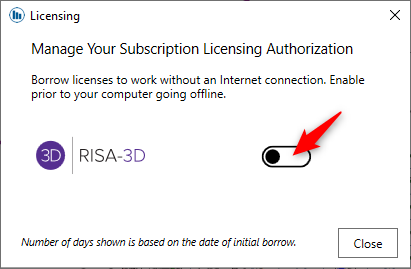
RISA software products allow users to borrow a subscription licenses for a specified period of time, giving users if they are going off-site. To borrow a license follow the steps below.
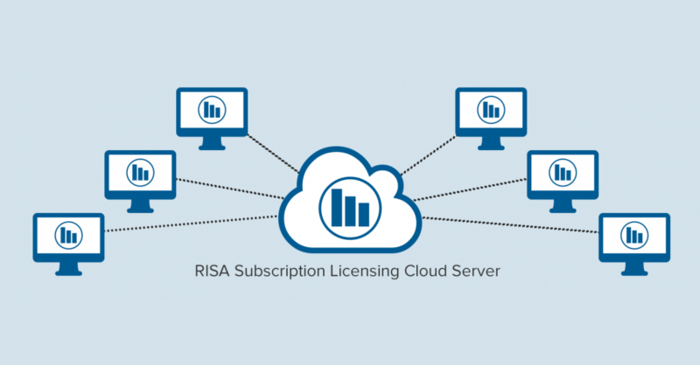
Why should you use subscription licensing? License Flexibility With subscription licensing all you need is an occasional Internet connection. This eliminates the need to: Keep track of a physical key: All that is required to use the software is a valid account (set up in the Subscription Licensing...
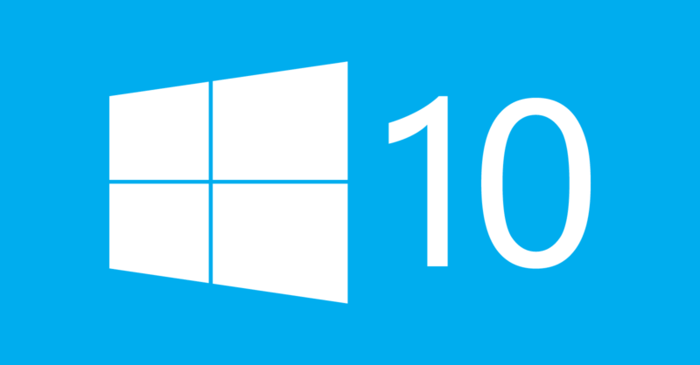
Update: July 2022 The issues with Windows 10 (Version 1803) have been solved. However, for customers still using older versions of RISA products, the workaround using compatibility mode described below may still be useful.
Our monthly "Structural Moment" newsletter is the best way to keep up with RISA’s product updates, new releases, new features, training events, webinars and more...